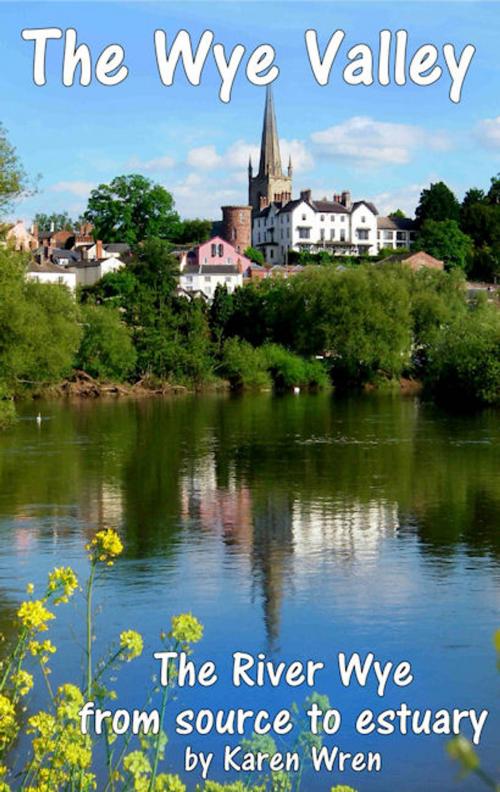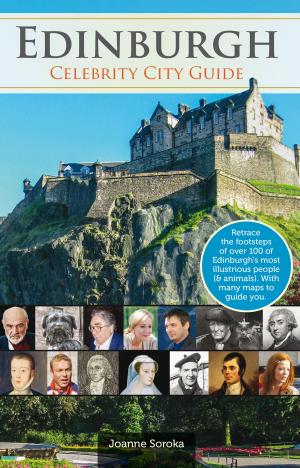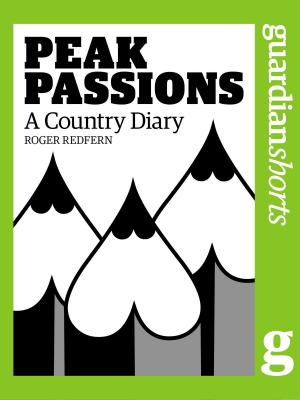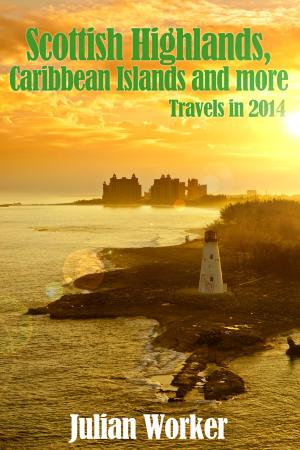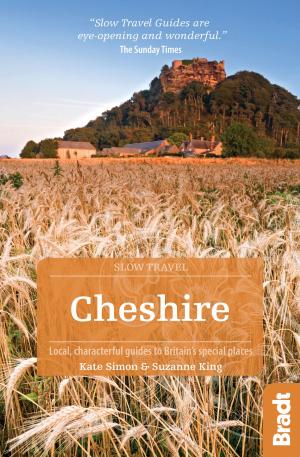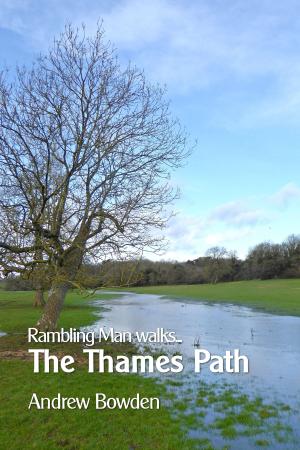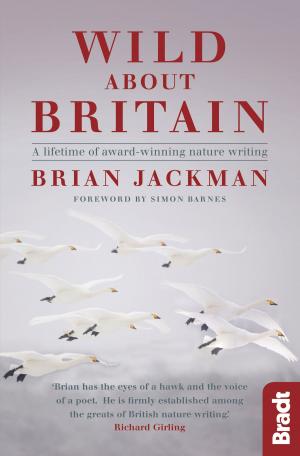| Author: | Karen Wren | ISBN: | 1230000104507 |
| Publisher: | Karen Wren | Publication: | February 5, 2013 |
| Imprint: | Language: | English |
| Author: | Karen Wren |
| ISBN: | 1230000104507 |
| Publisher: | Karen Wren |
| Publication: | February 5, 2013 |
| Imprint: | |
| Language: | English |
This book follows the route of the River Wye as it begins its journey south, meandering some 248km (154 miles) through five British counties in both England and Wales and gives an overview of the early Wye Valley and the towns and villages of the Wye Valley today.
The Wye starts as a slow, trickling stream on Plynlimon, a heather-clad mountain dominating central Wales. It crosses the border into England at Hay-on-Wye to flow through the Herefordshire plains, then returns to Wales at Monmouth. Throughout its length, it winds and curves its way through undulating rural countryside, through an Area of Outstanding Natural Beauty and Site of Special Scientific Interest, passing through towns, cities and villages heading southwards to re-join its sister river, the River Severn, in the Severn Estuary at Chepstow.
Please Note: this e-book contains colour images throughout. These will only display in colour on colour-enabled devices. The book's overall display, layout and formatting will also vary depending on the device on which it is read.
This book follows the route of the River Wye as it begins its journey south, meandering some 248km (154 miles) through five British counties in both England and Wales and gives an overview of the early Wye Valley and the towns and villages of the Wye Valley today.
The Wye starts as a slow, trickling stream on Plynlimon, a heather-clad mountain dominating central Wales. It crosses the border into England at Hay-on-Wye to flow through the Herefordshire plains, then returns to Wales at Monmouth. Throughout its length, it winds and curves its way through undulating rural countryside, through an Area of Outstanding Natural Beauty and Site of Special Scientific Interest, passing through towns, cities and villages heading southwards to re-join its sister river, the River Severn, in the Severn Estuary at Chepstow.
Please Note: this e-book contains colour images throughout. These will only display in colour on colour-enabled devices. The book's overall display, layout and formatting will also vary depending on the device on which it is read.
